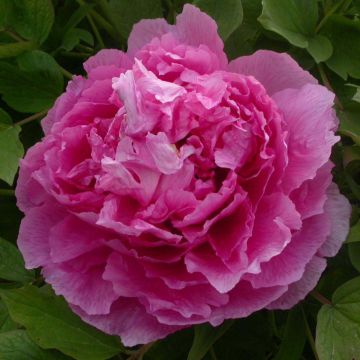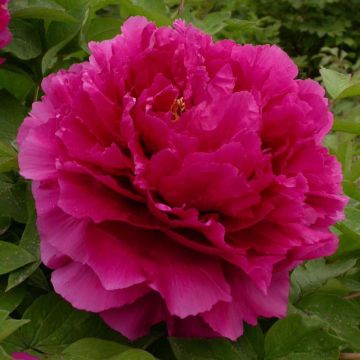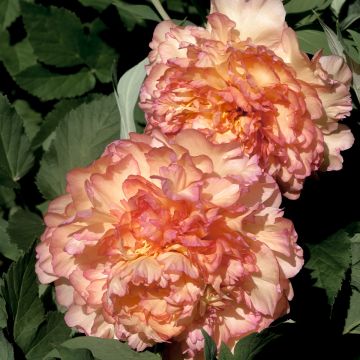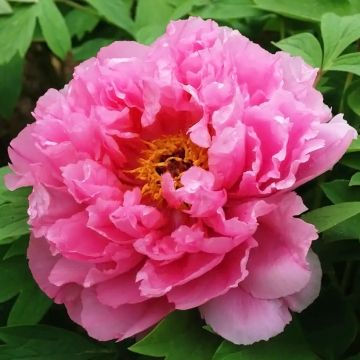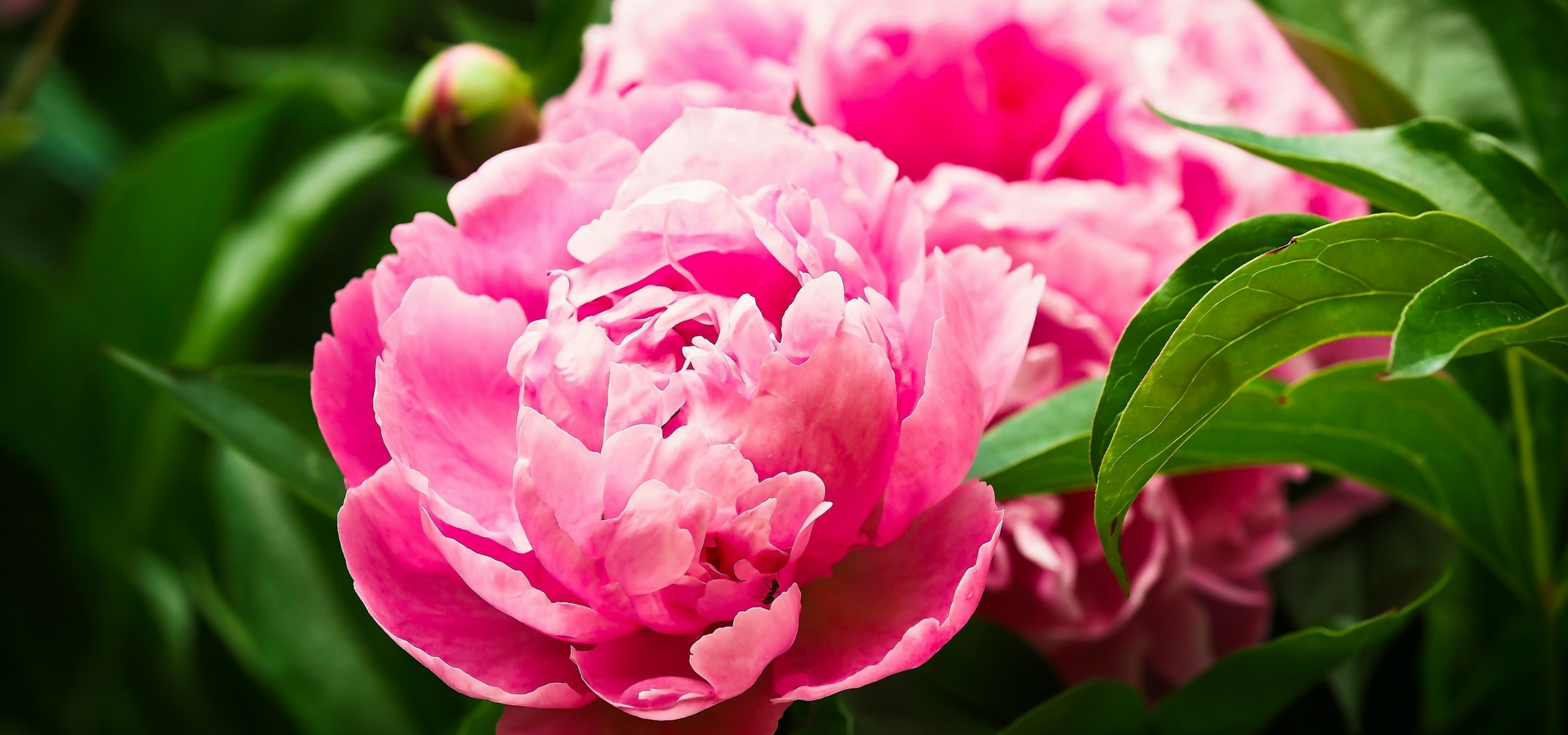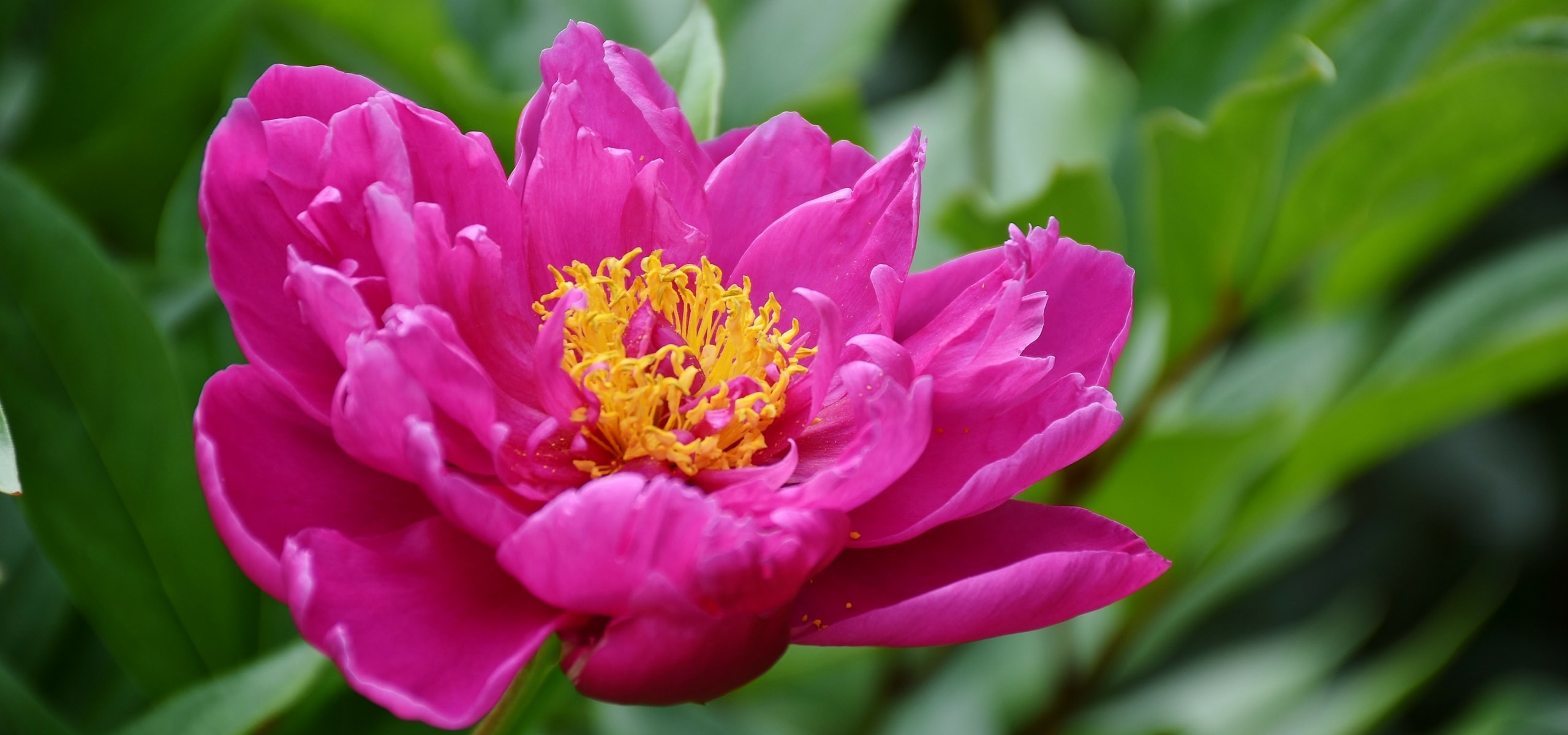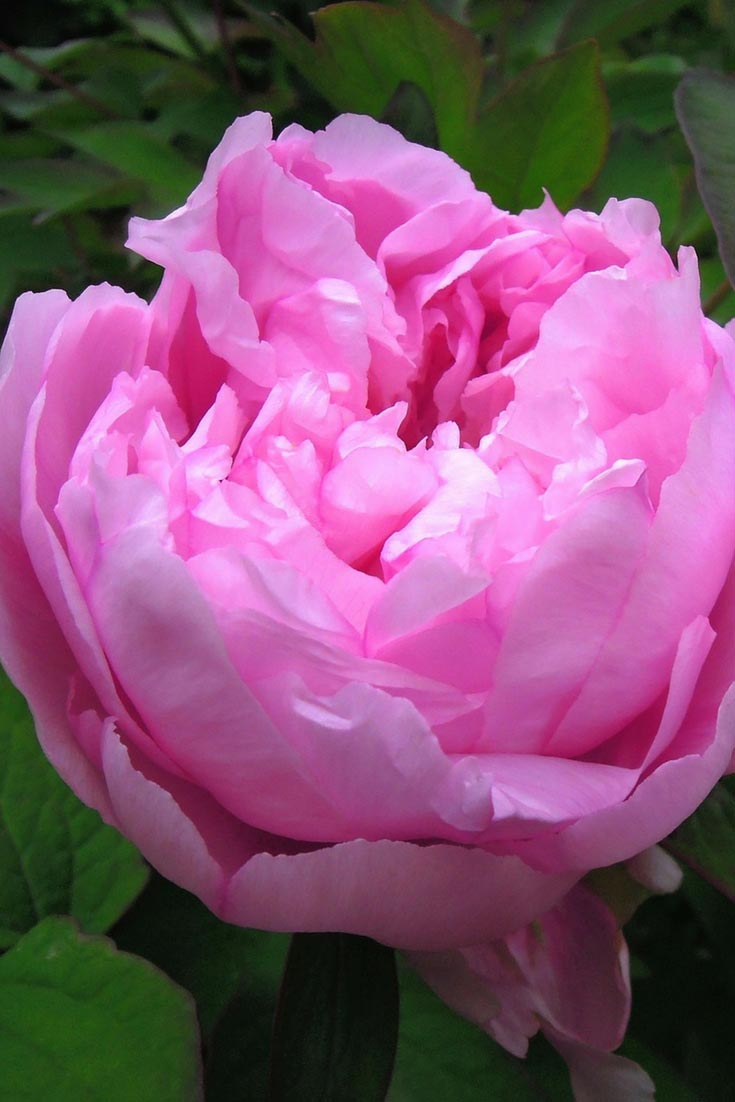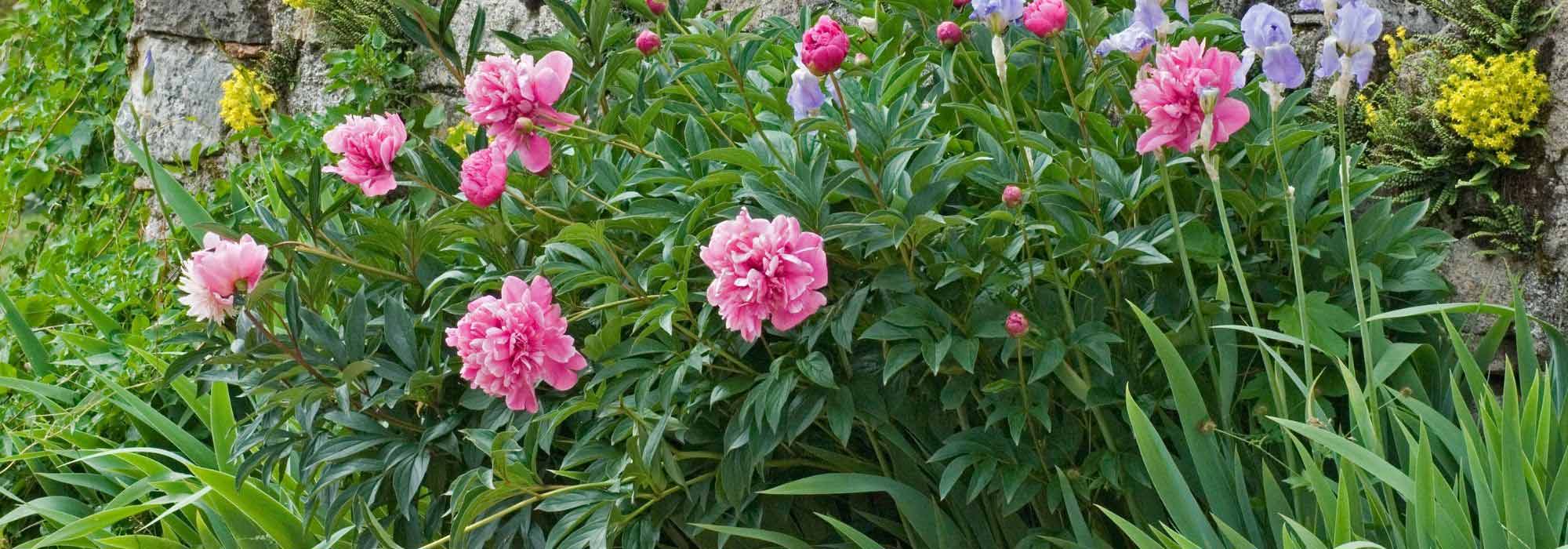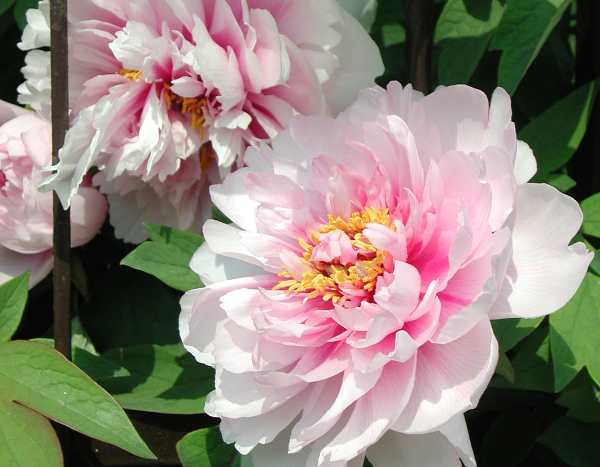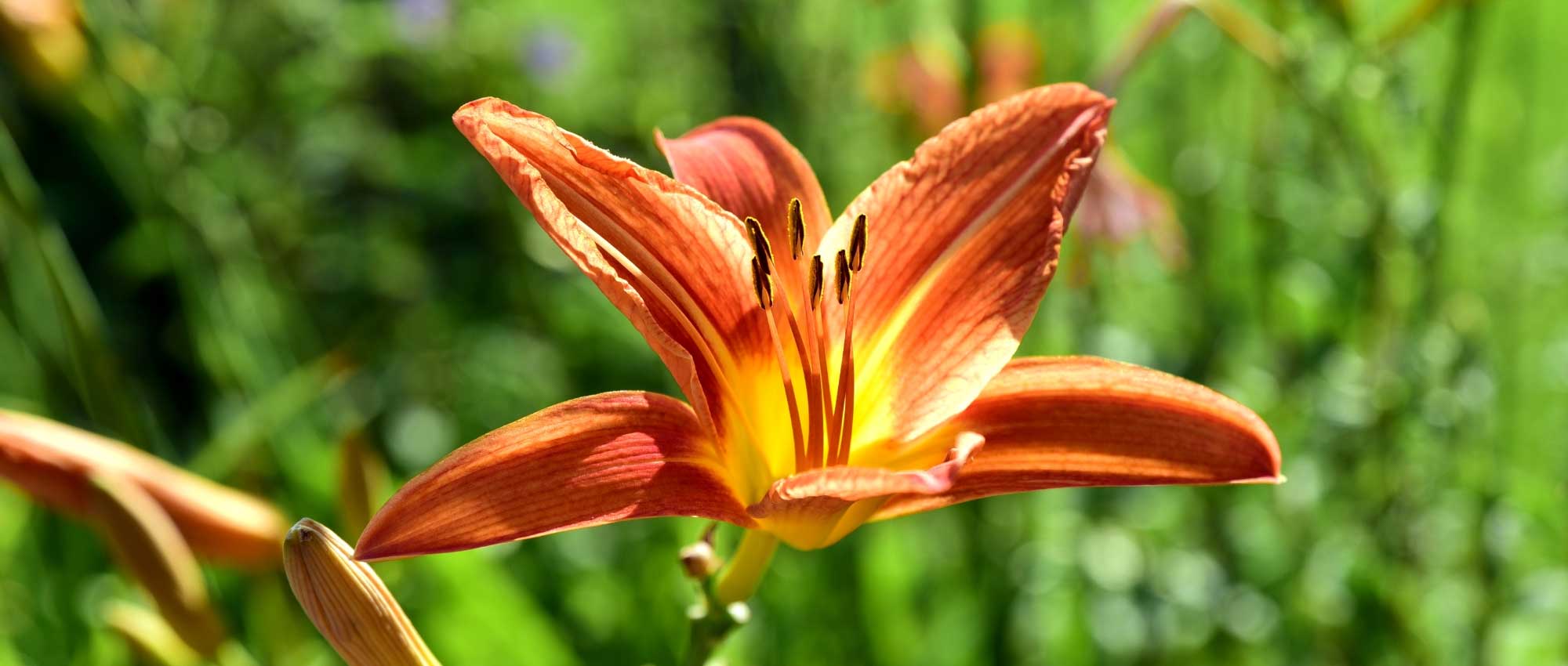

Paeonia x suffruticosa Camouflage - Tree peony
Paeonia x suffruticosa Camouflage - Tree peony
Paeonia x suffruticosa Camouflage
Tree Peony
Special offer!
Receive a €20 voucher for any order over €90 (excluding delivery costs, credit notes, and plastic-free options)!
1- Add your favorite plants to your cart.
2- Once you have reached €90, confirm your order (you can even choose the delivery date!).
3- As soon as your order is shipped, you will receive an email containing your voucher code, valid for 3 months (90 days).
Your voucher is unique and can only be used once, for any order with a minimum value of €20, excluding delivery costs.
Can be combined with other current offers, non-divisible and non-refundable.
Why not try an alternative variety in stock?
View all →This plant carries a 12 months recovery warranty
More information
We guarantee the quality of our plants for a full growing cycle, and will replace at our expense any plant that fails to recover under normal climatic and planting conditions.
Would this plant suit my garden?
Set up your Plantfit profile →
Description
Paeonia x suffruticosa Camouflage ('Dao Jin') is a variety of tree peony that stands out with its large, crumpled flowers randomly marbled in cherry red, white and pink. The flowering offers new combinations each year. It is a mid-season variety that blooms between May and June, depending on the climate. This very hardy shrub is content with good garden soil, where it will live for many long years without requiring much care. Create a focal point in the garden with this large peony; it will be admired by all your visitors!
The tree peony Paeonia × suffruticosa 'Camouflage' or 'Dao Jin', sometimes sold under the names 'Shima-Nishiki' or 'Royal Elegance', belongs to the Paeoniaceae family. This variety is a complex hybrid resulting from cross-breeding between various woody peony species, notably Paeonia jishanensis and Paeonia rockii. It is believed to have been selected in Japan and is considered a chimaera of the 'Tayio' cultivar. The tree peony is a native of China that has been cultivated for millennia for its ornamental and medicinal qualities.
The 'Camouflage' tree peony is distinguished by its bicoloured raspberry red flowers marbled with white and pale pink. This deciduous shrub has an upright habit with robust woody stems. Its growth is slow to moderate, the plant reaching a height and spread of 1m to 1.5m at maturity. The semi-double to double flowers measure between 20 and 25 cm in diameter. The flowers are generally variegated with red, pink and white, but some are completely red, others completely white. It sometimes happens that all three types of flowers coexist on the plant. They bloom in spring, from May or June, depending on the climate. At full bloom, the flowers reveal a dark red heart and a bunch of yellow stamens. The deeply lobed foliage is green with a slight bronze tint and is deciduous. It falls in autumn and reappears in spring. The stems have a greyish-brown bark.
In China, the tree peony is nicknamed "Queen of Flowers" and symbolises wealth and honour. It is often depicted in traditional Chinese art and celebrated at dedicated festivals.
A venerable specimen of Paeonia suffruticosa 'Camouflage' will stand out as an isolated specimen or in the foreground of a shrub border. This bush is not suitable for impatient gardeners. It takes its time, but years of patience are rewarded with the incredible spectacle of its vegetation laden with enormous flowers. In the garden, place it sheltered from the wind, in an open and bright space. Showcase it against a wall, in front of a hedge or in a border. You can pair it with a simple pale pink tree peony ('Lilac') or a double white one ('Xue Ta'). This plant also pairs well with other perennials that flower before or after it, such as bellflowers. Also consider sowing Love-in-a-mist near your tree peonies.
Flowering
Foliage
Plant habit
Botanical data
Paeonia
x suffruticosa
Camouflage
Paeoniaceae
Tree Peony
Paeonia x suffruticosa Dao Jin, Paeonia 'Shima-Nishiki', Paeonia 'Royal Elegance'
Cultivar or hybrid
Planting and care
Preferably position the Tree Peony 'Camouflage' in partial shade in southern regions (morning sun) or in full sun in northern areas, as 6 hours of daily sunlight are necessary for beautiful flowering. Morning sun is appreciated, while scorching sun should be avoided. Plant from September to May, except during frost periods, in fertile, deep, slightly acidic, neutral or even slightly chalky soil, moist but well-drained to prevent root rot. Once well-established in deep ground, tree peonies require no summer watering, particularly early-spring flowering varieties. Their cold resistance is excellent, though flower buds may be damaged by strong or dry cold winds.
Tree peonies are easy to care for, requiring minimal maintenance, but need careful planting. During planting, dig a large hole 40-50cm deep and at least as wide. Fill it with a mixture of garden soil, leaf mould, and river sand or gravel if your soil is very heavy and compact. Add crushed horn, bone meal and dried blood to the bottom of the planting hole. Avoid packing plants too tightly to ensure good aeration. Tree peonies dislike root competition from other plants, so allow 1m spacing from neighbouring plants. The graft should be buried about 20 centimetres deep to allow the plant to gradually become independent from its rootstock. Water generously but infrequently (every 8-15 days) during the first two years from March to September. Peonies are known for disliking transplanting, so they shouldn't be moved after planting. Avoid pruning unless the base becomes bare. If so, prune at the level of basal shoots. Provide a stake to support flower stems and remove faded flowers during the season.
Planting period
Intended location
Care
Planting & care advice
This item has not been reviewed yet - be the first to leave a review about it.
Haven't found what you were looking for?
Hardiness is the lowest winter temperature a plant can endure without suffering serious damage or even dying. However, hardiness is affected by location (a sheltered area, such as a patio), protection (winter cover) and soil type (hardiness is improved by well-drained soil).

Photo Sharing Terms & Conditions
In order to encourage gardeners to interact and share their experiences, Promesse de fleurs offers various media enabling content to be uploaded onto its Site - in particular via the ‘Photo sharing’ module.
The User agrees to refrain from:
- Posting any content that is illegal, prejudicial, insulting, racist, inciteful to hatred, revisionist, contrary to public decency, that infringes on privacy or on the privacy rights of third parties, in particular the publicity rights of persons and goods, intellectual property rights, or the right to privacy.
- Submitting content on behalf of a third party;
- Impersonate the identity of a third party and/or publish any personal information about a third party;
In general, the User undertakes to refrain from any unethical behaviour.
All Content (in particular text, comments, files, images, photos, videos, creative works, etc.), which may be subject to property or intellectual property rights, image or other private rights, shall remain the property of the User, subject to the limited rights granted by the terms of the licence granted by Promesse de fleurs as stated below. Users are at liberty to publish or not to publish such Content on the Site, notably via the ‘Photo Sharing’ facility, and accept that this Content shall be made public and freely accessible, notably on the Internet.
Users further acknowledge, undertake to have ,and guarantee that they hold all necessary rights and permissions to publish such material on the Site, in particular with regard to the legislation in force pertaining to any privacy, property, intellectual property, image, or contractual rights, or rights of any other nature. By publishing such Content on the Site, Users acknowledge accepting full liability as publishers of the Content within the meaning of the law, and grant Promesse de fleurs, free of charge, an inclusive, worldwide licence for the said Content for the entire duration of its publication, including all reproduction, representation, up/downloading, displaying, performing, transmission, and storage rights.
Users also grant permission for their name to be linked to the Content and accept that this link may not always be made available.
By engaging in posting material, Users consent to their Content becoming automatically accessible on the Internet, in particular on other sites and/or blogs and/or web pages of the Promesse de fleurs site, including in particular social pages and the Promesse de fleurs catalogue.
Users may secure the removal of entrusted content free of charge by issuing a simple request via our contact form.
The flowering period indicated on our website applies to countries and regions located in USDA zone 8 (France, the United Kingdom, Ireland, the Netherlands, etc.)
It will vary according to where you live:
- In zones 9 to 10 (Italy, Spain, Greece, etc.), flowering will occur about 2 to 4 weeks earlier.
- In zones 6 to 7 (Germany, Poland, Slovenia, and lower mountainous regions), flowering will be delayed by 2 to 3 weeks.
- In zone 5 (Central Europe, Scandinavia), blooming will be delayed by 3 to 5 weeks.
In temperate climates, pruning of spring-flowering shrubs (forsythia, spireas, etc.) should be done just after flowering.
Pruning of summer-flowering shrubs (Indian Lilac, Perovskia, etc.) can be done in winter or spring.
In cold regions as well as with frost-sensitive plants, avoid pruning too early when severe frosts may still occur.
The planting period indicated on our website applies to countries and regions located in USDA zone 8 (France, United Kingdom, Ireland, Netherlands).
It will vary according to where you live:
- In Mediterranean zones (Marseille, Madrid, Milan, etc.), autumn and winter are the best planting periods.
- In continental zones (Strasbourg, Munich, Vienna, etc.), delay planting by 2 to 3 weeks in spring and bring it forward by 2 to 4 weeks in autumn.
- In mountainous regions (the Alps, Pyrenees, Carpathians, etc.), it is best to plant in late spring (May-June) or late summer (August-September).
The harvesting period indicated on our website applies to countries and regions in USDA zone 8 (France, England, Ireland, the Netherlands).
In colder areas (Scandinavia, Poland, Austria...) fruit and vegetable harvests are likely to be delayed by 3-4 weeks.
In warmer areas (Italy, Spain, Greece, etc.), harvesting will probably take place earlier, depending on weather conditions.
The sowing periods indicated on our website apply to countries and regions within USDA Zone 8 (France, UK, Ireland, Netherlands).
In colder areas (Scandinavia, Poland, Austria...), delay any outdoor sowing by 3-4 weeks, or sow under glass.
In warmer climes (Italy, Spain, Greece, etc.), bring outdoor sowing forward by a few weeks.































